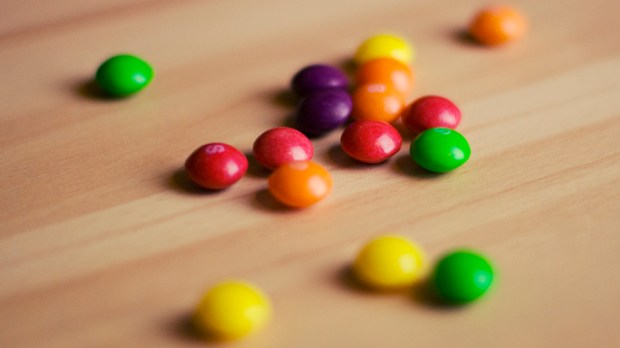Lenten Campaign 2025
This content is free of charge, as are all our articles.
Support us with a donation that is tax-deductible and enable us to continue to reach millions of readers.
Anyone who’s ever had a cold and found themselves, rather disappointingly, unable to taste their food has come to the realization that taste is strongly affected by our other senses, including smell, touch, and sight.
In fact, according to Scientific American, “food and drink are identified predominantly by the senses of smell and sight, not taste.” Our sense of taste is actually a “fusion” of multiple senses into one experience.
And, as it turns out, candy companies have been relying on this fact for a long time. Don Katz, a neuropsychologist specializing in taste, reports, “What I like to talk about is Skittles. The Skittles people recognized that it is cheaper to make things smell and look different than it is to make them actually taste different.”
“Skittles have different fragrances and different colors — but they all taste exactly the same.” According to Katz, this trick of the mind works due to our strong associations between sight, smell, and taste. The candy provides a couple sensory cues and our brains fill in the rest.
Though some more expensive candies do actually contain distinct flavoring ingredients, many cheaper and more common products are relying on this mental trick for their flavoring. Which, given that these candies aren’t good for us, may be all the more reason to avoid them.
But the upside is that, even though we’re in on the joke, it probably won’t stop our brains from enjoying the illusion.

Read more:
10 Foods you should never keep in the fridge

